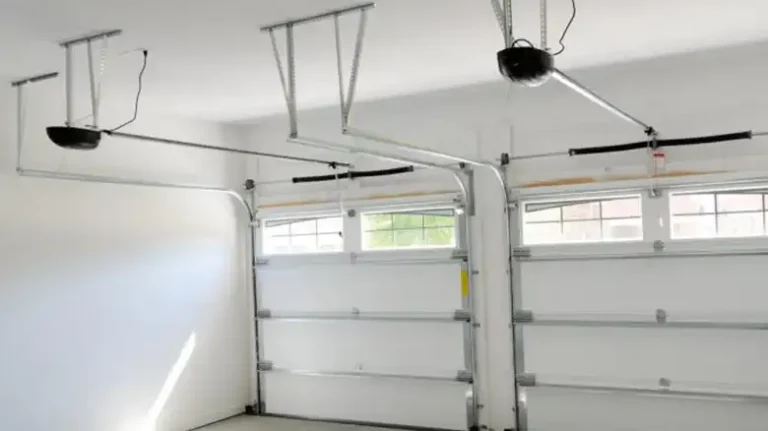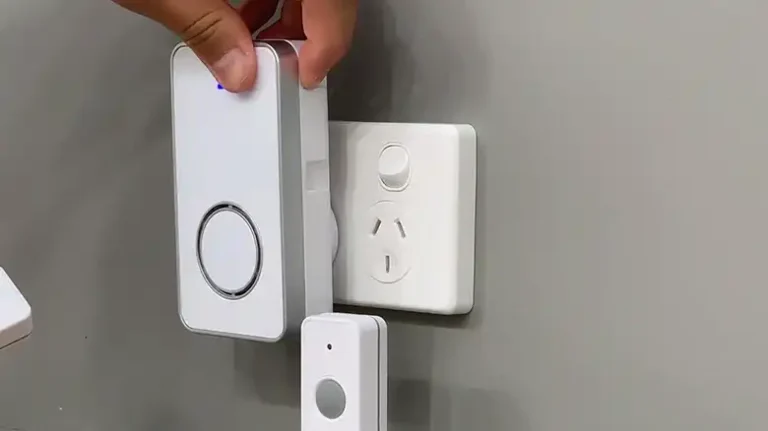[7 Methods] How to Keep Shed Door Open?
When you need to keep moving things in and out of the shed, you might need to keep the door from closing. However, it’s easier said than done, since without a proper solution, a temporary fix might prove to be a more nuisance. So, how to keep the shed door open?
In this article, we will explain some popular solutions that people use to keep the shed door open, and what the advantages and disadvantages of each are, so that you can make an informed decision on which one to choose. So, read on.

Ways to Keep Shed Door Open
Below you’ll find the most popular ways of keeping the shed door open:
Method 1: The Classic Door Stopper
A door stopper is a simple yet effective way to prevent your shed door from closing. These stoppers come in various materials, including rubber and wood, and are available in different sizes to suit your door’s needs.
Advantages
- Super simple to use: Just slide it under the door.
- Affordable and widely available.
- Minimal setup required.
Disadvantages
- Not ideal for extremely heavy doors.
- May not withstand strong gusts of wind.
Pro Tip
Choose a door stopper that’s made of durable material and fits snugly under your shed door for better stability.
Method 2: The Trusty Door Latch or Hook
A door latch or hook is a reliable method to hold your shed door open securely. You’ll need to install one end on the door and the other on the wall or shed frame. When you want to keep the door open, simply engage the latch or hook.
Advantages
- Provides a secure way to keep the door open.
- Offers flexibility in choosing the door’s opening angle.
Disadvantages
- Requires some installation effort.
- May limit the door’s opening angle depending on the latch type.
Pro Tip
Install the latch or hook at varying heights to allow for different door positions.
Method 3: Bungee Cord Brilliance
A bungee cord offers versatility in keeping your shed door open. Attach one end to the doorknob or handle and the other to a fixed point on the wall or a hook. Adjust the tension to hold the door in your preferred open position.
Advantages
- Easy to set up, No installation required.
- Offers adjustable tension.
- Can be used for different door angles.
Disadvantages
- Not suitable for heavy doors if the bungee cord isn’t strong enough.
- Wind may affect the door’s position.
Pro Tip
Opt for a sturdy bungee cord with adjustable length for maximum convenience.
Method 4: Door Chain Delight
A door chain is perfect for those who want partial opening while maintaining security. Install it to allow the door to remain partially open while providing a level of security.
Advantages
- Allows controlled ventilation.
- Adds a layer of security.
Disadvantages
- Limited to a partial door opening.
- Not suitable for wide shed doors.
Pro Tip
Use the door chain in combination with other methods for added convenience and security.
Method 5: Magnetic Magic
Magnetic door holders are sleek and unobtrusive. They consist of a magnet on the door and a metal plate on the wall. When you want to keep the door open, simply bring the magnet in contact with the metal plate, and it will hold the door in place.
Advantages
- Sleek and unobtrusive design.
- Easy to engage and disengage.
Disadvantages
- May not work well for very heavy doors.
- Installation required.
Pro Tip
Ensure the magnet and metal plate are properly aligned for a secure hold.
Method 6: Tie-Backs and Straps
Tie-backs and straps can also be handy for securing your shed door open. Attach one end to the door handle or knob and the other end to a nearby wall hook or anchor point.
Advantages
- Simple and effective.
- Can be adjusted to control the door angle.
Disadvantages
- Limited to the length of the tie-back or strap.
- Not the most secure option.
Pro Tip
Keep an assortment of tie-backs or straps of different lengths for various door positions.
Method 7: DIY Ingenuity
Sometimes, you’ve got to get creative. If you don’t have any of the above tools, improvise! Use a piece of rope, a stick, or any sturdy object you can wedge under the door to keep it open temporarily.
Advantages
- Makes use of readily available items.
- Provides a quick fix in a pinch.
Disadvantages
- May not be the most secure or stable option.
- Limited to what you have on hand.
Pro Tip
Be cautious when using improvised methods to prevent damage to the door or the object used.
FAQs
Can I use these methods for any type of shed door?
Most of these methods are versatile and can be adapted for various shed door types. However, consider the weight and size of your door when choosing a method.
Can I use these methods for an outdoor shed exposed to the elements?
Yes, but be mindful of weather conditions. Strong winds or rain may affect some methods.
Are there any specific safety precautions to follow?
Always ensure that your chosen method is secure and won’t accidentally release, causing injury or damage.
In Summary
With these easy methods, you can keep your shed door open effortlessly and enjoy improved access and ventilation. Choose the method that suits your shed and needs best, and you’ll never struggle with a stubborn shed door again.
![[5 Solutions] How to Fix a Pocket Door That Rubs?](https://doorsuggest.com/wp-content/uploads/2023/09/How-to-Fix-a-Pocket-Door-That-Rubs-768x431.webp)

![[Explained] Do Door Knobs Come with Strike Plates?](https://doorsuggest.com/wp-content/uploads/2023/10/Do-Door-Knobs-Come-with-Strike-Plates-768x431.webp)


